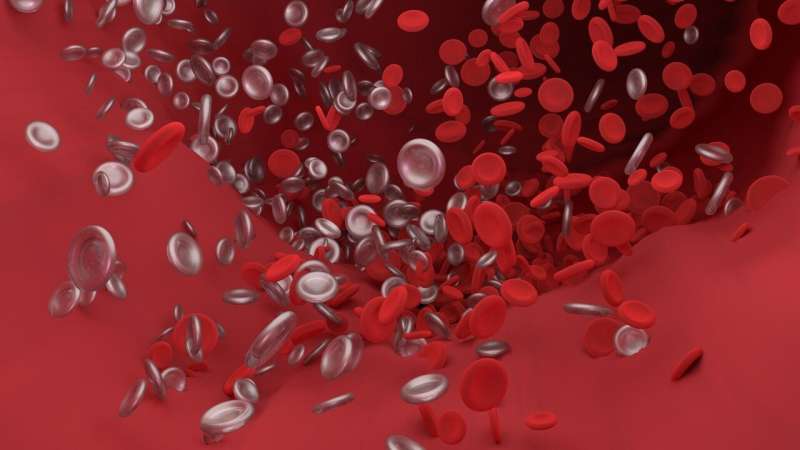
Nearly 80 percent of deaths from type 2 diabetes mellitus (T2DM) are associated with thrombosis, a condition that occurs when blood clots block a vein or artery. Traditionally, it’s been thought that proteins released by damaged blood vessels may lead to inappropriate blood clotting, but a new study from investigators at Brigham and Women’s Hospital points to another trigger and a new mechanism that may underlie thrombosis. Beginning with samples from patients, investigators identified the new mechanism that activated PIEZO1, a major mechanosensory ion channel. In the lab, the team examined its effects and its potential as a therapeutic target for preventing thrombosis or identifying people at heightened risk. The team’s results are published in Science Translational Medicine.
“One of our goals is to identify human markers of disease that will allow us to characterize a disease at higher resolution. When we looked at blood samples from patients with diabetes, we noticed an increase in the activation of PIEZO1. We realized this mechanism might be not only in play in diabetes but also in blood clotting in other conditions,” said senior author Calum MacRae, MD, Ph.D., vice chair of scientific innovation in the Brigham’s Department of Medicine.
Researchers, including lead author Wandi Zhu, Ph.D., a postdoctoral research fellow in the MacRae lab, screened and tested blood samples from patients with or without T2DM, assessing cellular responses at the level of the individual patient. The team found multiple lines of evidence pointing to a key role for PIEZO1. Importantly, they found that elevations in blood glucose were sufficient to increase PIEZO1 in blood samples from many patients with T2DM, setting off a cascade of responses that can drive blood clotting.
The researchers also examined what would happen if they inhibited this mechanism. In an animal model of hyperglycemia (high blood sugar levels) and in blood samples from patients, inhibiting PIEZO1 prevented clot formation.
The authors note that additional study is needed before the work can be translated into clinical applications. Understanding the potential side effects of inhibiting PIEZO1—a protein that is expressed widely in the body—will be key. While more work is needed, their findings could lead to the development of a test to identify patients who may be predisposed to this form of clotting.
MacRae notes that there is still much to be learned, but that the project’s approach of starting in the clinic with patients has the potential to accelerate discoveries with clinical impact.
Source: Read Full Article
